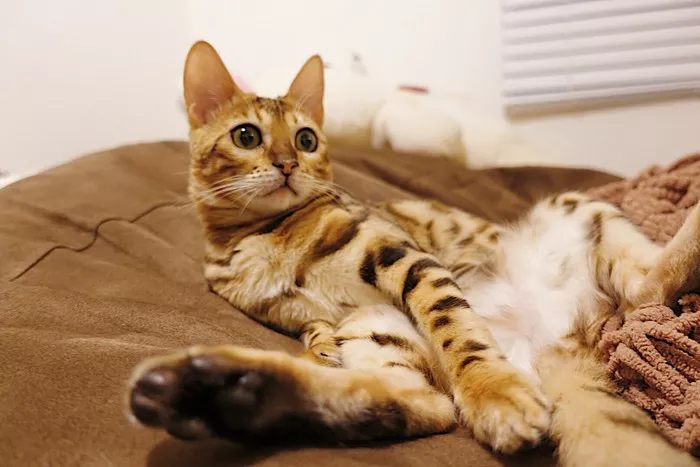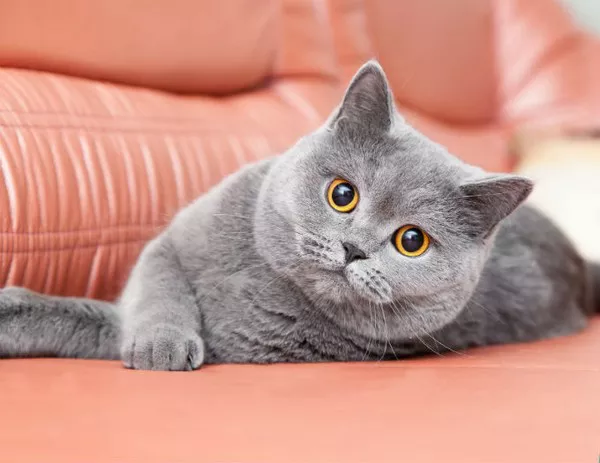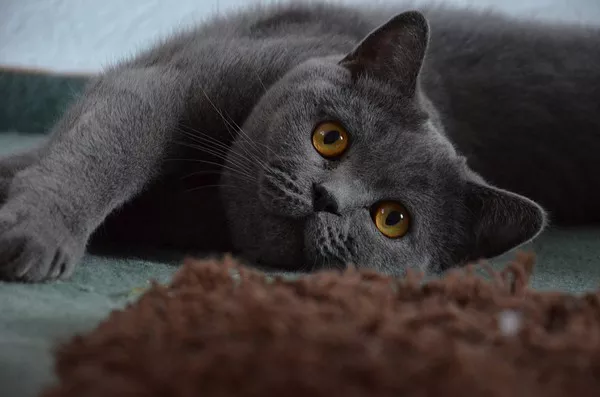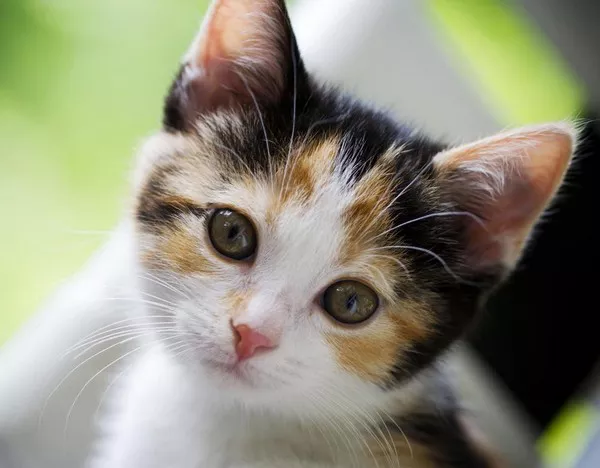Bengal cats are known for their beautiful, sleek coats. However, if you’re a Bengal cat owner, you may have noticed that your feline friend is shedding more than usual. Shedding is a natural process in which cats lose their old fur and grow new ones. However, excessive shedding can be a sign of an underlying problem. In this article, we’ll explore the reasons why your Bengal cat might be shedding excessively and what you can do about it.
The Reasons Why Your Bengal Cat Might Be Shedding Excessively
1. Seasonal shedding
One of the most common reasons why Bengal cats shed is seasonal changes. Cats shed more during the spring and fall as their bodies adjust to changes in temperature and daylight hours. During these times, your Bengal cat‘s coat may become thicker or thinner depending on the climate. While shedding during these times is normal, excessive shedding could indicate an underlying problem such as stress or poor nutrition.
2. Poor nutrition
A healthy diet is essential for maintaining a healthy coat. If your Bengal cat isn’t receiving the right nutrients, their fur may become dull and brittle, causing excessive shedding. Ensure that your cat’s diet includes high-quality protein, healthy fats, and essential vitamins and minerals. Consult with your veterinarian to determine the best diet for your cat’s specific needs.
3. Stress
Stress is another reason why Bengal cats may shed excessively. Cats can become stressed by changes in their environment, such as moving to a new home, introducing a new pet, or a change in routine. Chronic stress can lead to excessive shedding, among other health problems. Consider providing your Bengal cat with a comfortable and secure environment, plenty of stimulation, and a consistent routine.
4. Allergies
Like humans, cats can also develop allergies to certain foods, environmental factors, or parasites. Allergic reactions can cause itching, redness, and hair loss, leading to excessive shedding. If you suspect that your Bengal cat has allergies, consult with your veterinarian to determine the underlying cause and appropriate treatment.
5. Parasites
Fleas, ticks, and other parasites can cause irritation and itching, leading to excessive shedding. Check your Bengal cat regularly for signs of fleas or ticks, including scratching, biting, or redness. Use flea and tick prevention methods recommended by your veterinarian to keep your cat healthy and parasite-free.
6. Hormonal imbalances
Hormonal imbalances can also cause excessive shedding in Bengal cats. For example, a thyroid imbalance may cause hair loss and thinning of the coat. If you suspect that your Bengal cat has a hormonal imbalance, consult with your veterinarian for a diagnosis and appropriate treatment.
7. Medical conditions
Certain medical conditions can also cause excessive shedding in Bengal cats. For example, ringworm, a fungal infection, can cause hair loss and skin irritation. Other medical conditions such as kidney disease, liver disease, or cancer may also cause excessive shedding. Consult with your veterinarian if you notice any unusual changes in your Bengal cat’s shedding pattern.
What can I do about my Bengal cat’s excessive shedding?
If you’re concerned about your Bengal cat’s excessive shedding, there are several things you can do to help manage the problem.
1. Brush your cat regularly
Regular brushing helps remove loose fur and dead skin cells from your Bengal cat’s coat. This not only reduces shedding but also promotes a healthy coat. Use a soft-bristled brush or comb and be gentle when brushing.
2. Provide a healthy diet
Ensure that your Bengal cat is receiving a healthy and balanced diet that includes essential nutrients for a healthy coat. Consult with your veterinarian to determine the best diet for your cat’s specific needs.
3. Reduce stress
Reduce stress in your Bengal cat’s environment by providing them with plenty of stimulation and a consistent routine. Consider using toys, scratching posts, and playtime to keep your cat entertained and engaged.
4. Treat allergies and parasites
If your Bengal cat has allergies or is infested with parasites, consult with your veterinarian for appropriate treatment. This may include medication, shampoos, or other treatments.
5. Consult with your veterinarian
If you’re concerned about your Bengal cat’s excessive shedding, consult with your veterinarian. They can help identify any underlying health problems and provide appropriate treatment.
Are Bengal Cats Hypoallergenic?
While no cat breed is completely hypoallergenic, Bengal cats are known to produce fewer allergens than many other breeds. This is because they have a short coat that requires minimal grooming and sheds less hair and dander than longer-haired breeds. Additionally, some Bengal cats may have lower levels of the protein Fel d 1, which is a common allergen produced by cats. However, it’s important to note that individual cats can vary in their allergen production, so some people with allergies may still react to Bengals. If you’re considering getting a Bengal and have allergies, it’s a good idea to spend time with the cats before making a decision to see how you react.
Conclusion
In conclusion, excessive shedding in Bengal cats can be caused by a variety of factors, including seasonal changes, poor nutrition, stress, allergies, parasites, hormonal imbalances, and medical conditions. If you’re concerned about your Bengal cat’s excessive shedding, there are several things you can do to help manage the problem, including regular brushing, providing a healthy diet, reducing stress, treating allergies and parasites, and consulting with your veterinarian. With proper care and attention, your Bengal cat can maintain a healthy coat and a happy, comfortable life.



























